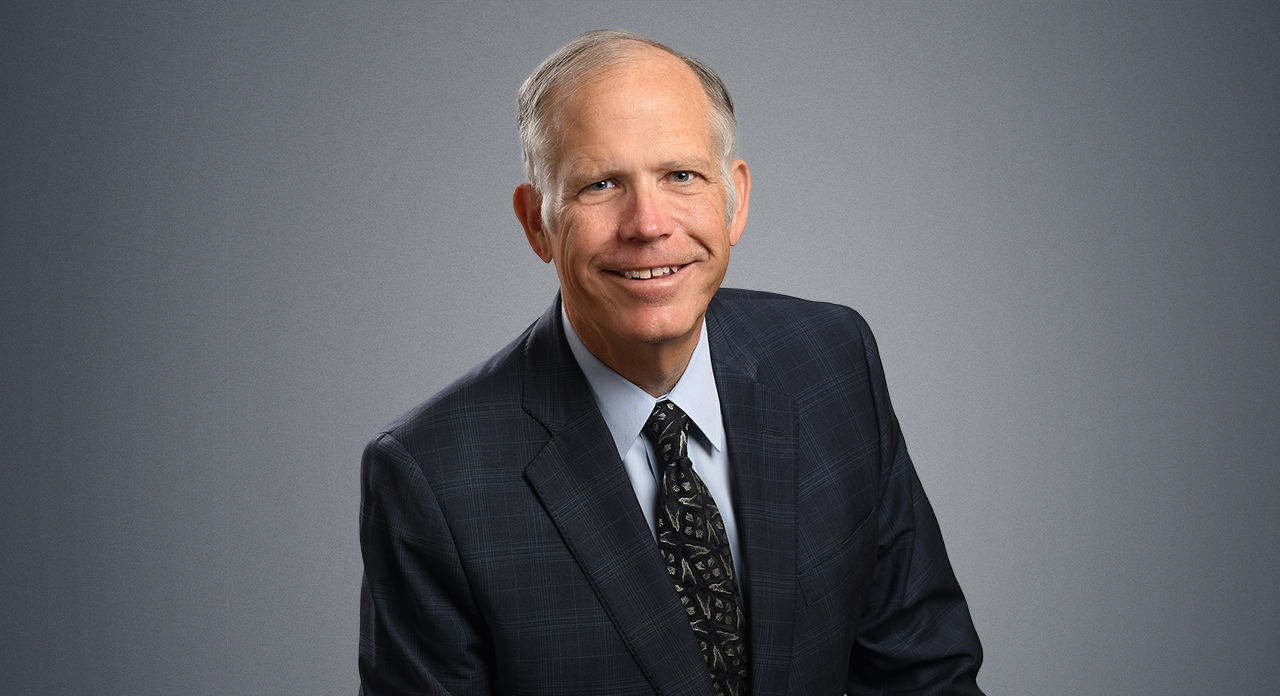Yesterday's post observed that Chapter 5 of the California General Corporation Law does not apply to proceedings for winding up and dissolution of a California corporation under either Chapter 18 (involuntary dissolutions) or Chapter 19 (voluntary dissolutions). See Cal. Corp. Code § 508. This does not mean that improper distributions may not be recovered from shareholders.
Section 2009, applies to both voluntary and involuntary dissolution proceedings under Chapters 18 and 19, provides for recovery of distributions from shareholders whenever in the process of winding up a distribution of assets has been made without prior payment or adequate provision for the payment of any of the corporation's debts or liabilities. Any one or more of the corporations' creditors may bring suit in the corporation's name against any or all of the shareholders that received the improper distribution. A defendant shareholder may by motion join any other shareholders that received the improper distribution. A creditor does not need to reduce its claim to judgment to bring suit. Shareholders who satisfy the liability have a right of ratable contribution under the statute.
There is no liability under Section 2009, however, if the distribution is made under order of the court. A court will necessarily be involved in an involuntary dissolution and may be involved in a voluntary dissolution pursuant to Section 1904.
A future post will discuss Section 2011, which applies to actions against a dissolved corporation.
Why "Up", Not "Down"?
At the risk of being conflated with Denis Breen, the phrase "winding up" takes a rise out of me. The phrase is used in Section 508 and in Chapters 18 and 19 of the Corporations Code. It seems to me that the phrase should be "winding down" because that is what the corporation is doing. It seems odd that "winding up" and "winding down" refer to the same process.


.png?width=100&height=100&name=corporate_law_blogs%20(1).png)